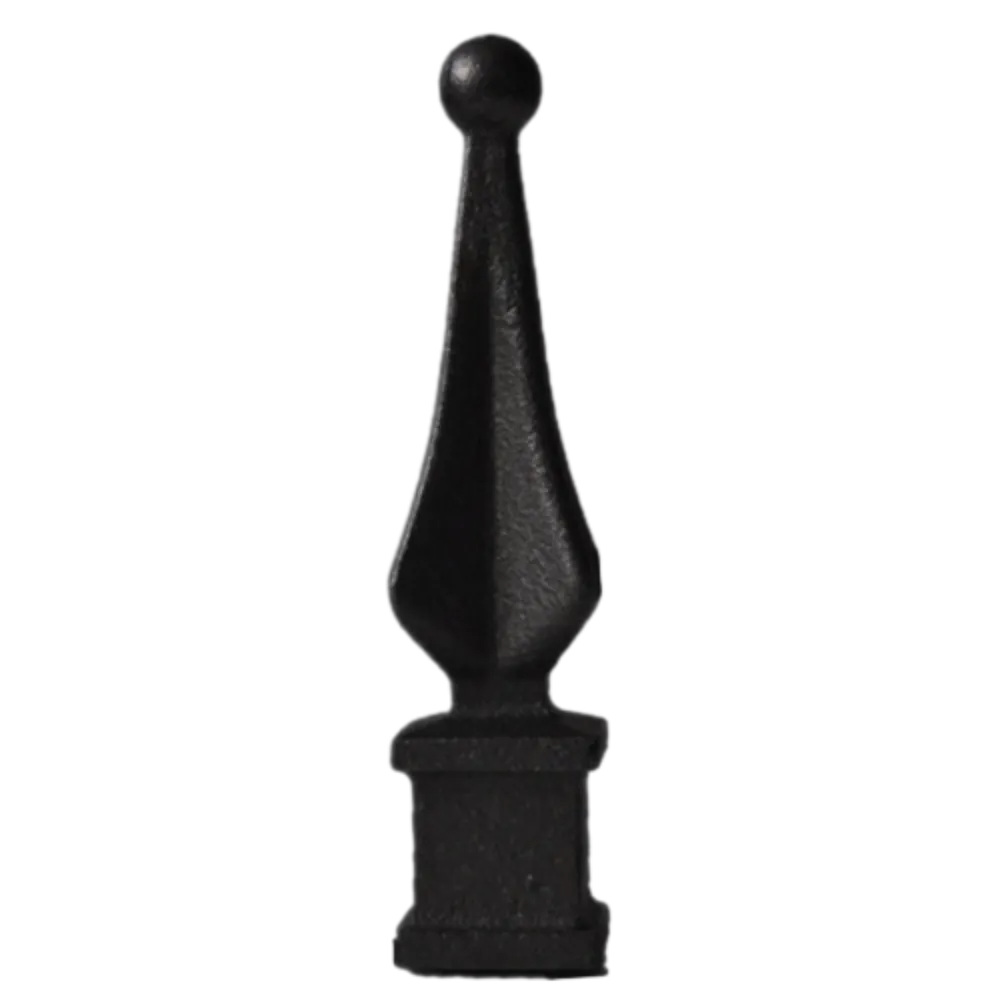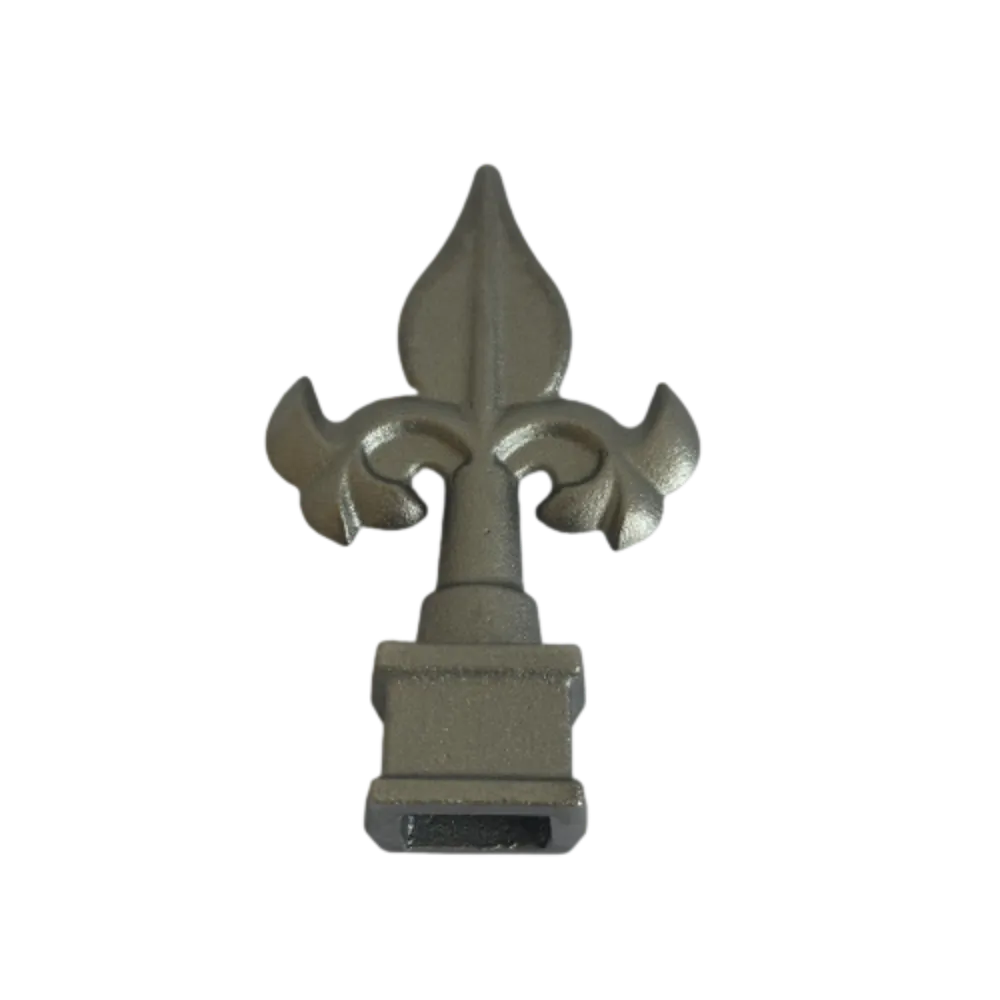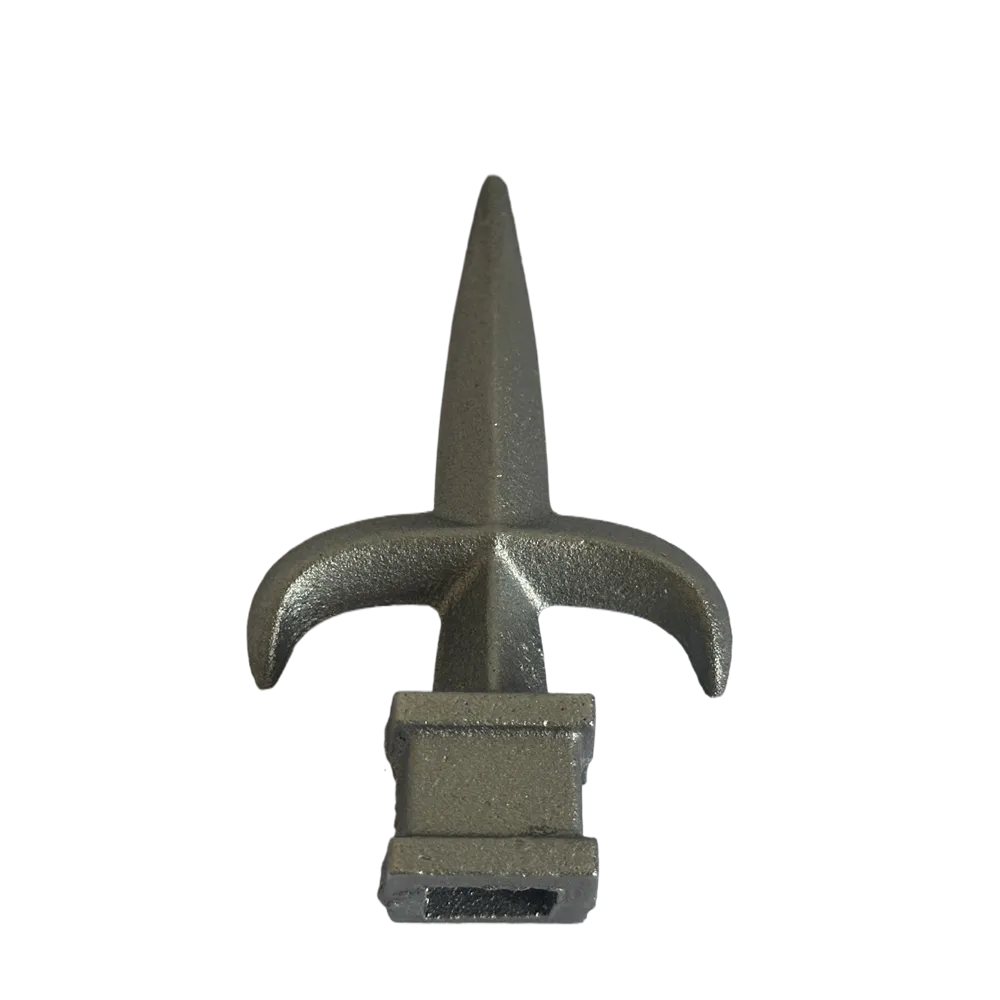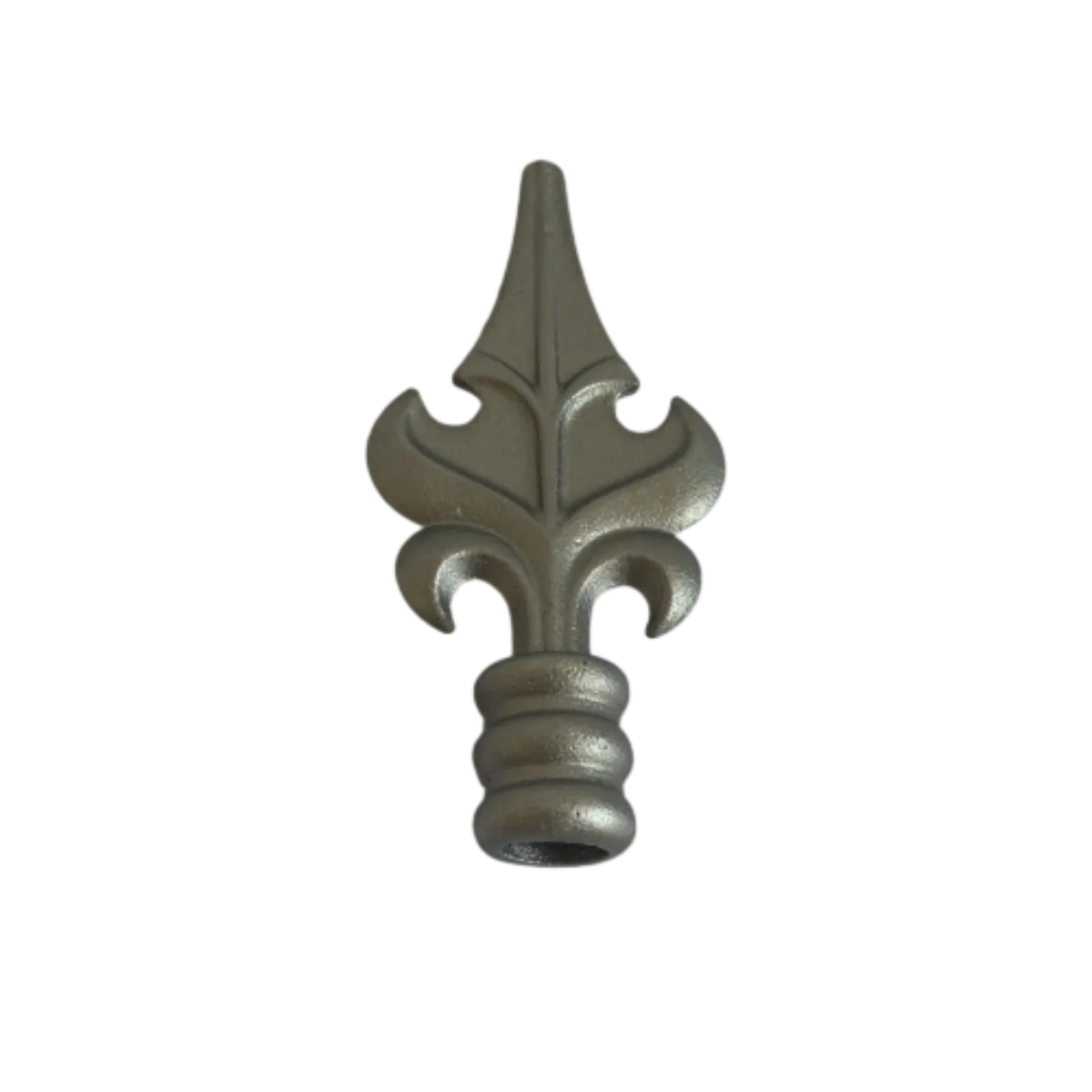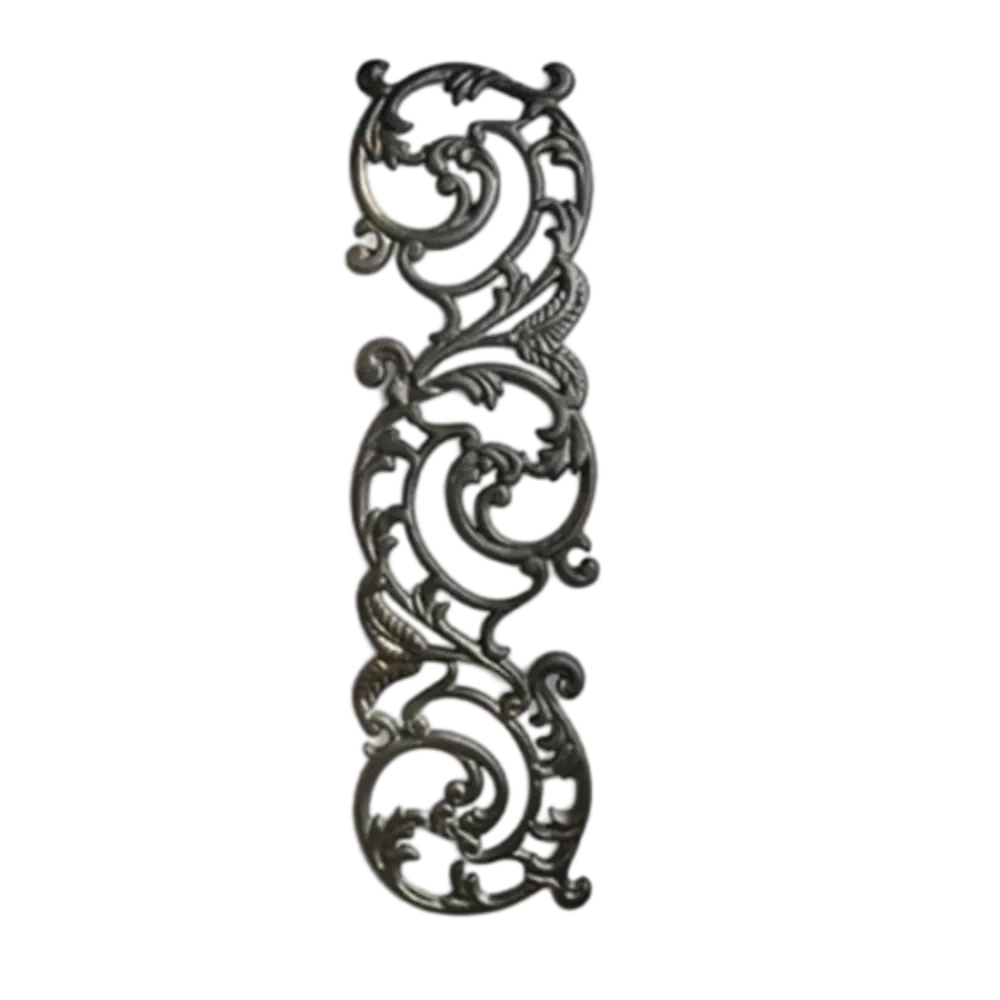wrought iron vs iron
Wrought Iron vs. Cast Iron Understanding the Difference
Iron, one of the most abundant metals on Earth, has been utilized by humans for thousands of years in various forms. Among these forms, wrought iron and cast iron are two of the most commonly used. Each type has unique properties, applications, and methods of production, which make them suitable for different purposes. This article aims to clarify the differences between wrought iron and cast iron, exploring their characteristics, uses, and advantages, as well as the processes that produce them.
Definitions and Composition
Wrought iron is a malleable iron alloy that consists primarily of iron with a small percentage of carbon (usually less than 0.08%). Its low carbon content contributes to its ductility and malleability, allowing it to be easily shaped and worked through processes such as forging and rolling. Traditionally, wrought iron is made by heating iron ore in a fire and repeatedly hammering it to remove impurities and carbon.
In contrast, cast iron is an iron alloy that typically contains 2% to 4% carbon, along with silicon and other elements. This higher carbon content allows cast iron to flow well when molten, making it easy to shape into intricate designs, but it also results in a brittle material. Cast iron is produced by melting iron and pouring it into molds, where it solidifies.
Characteristics
The primary difference in characteristics between wrought iron and cast iron stems from their compositions. Wrought iron is known for its excellent tensile strength, ductility, and resistance to corrosion. Its fibrous structure gives it a unique aesthetic appeal, often used in decorative applications such as railings, gates, and furniture.
On the other hand, cast iron has superior compressive strength and is more resistant to wear and deformation under pressure. However, its brittleness means that it can crack or shatter under impact or tension. Cast iron is often preferred for heavy-duty applications, such as engine blocks, pipes, and cookware.
Production Methods
wrought iron vs iron
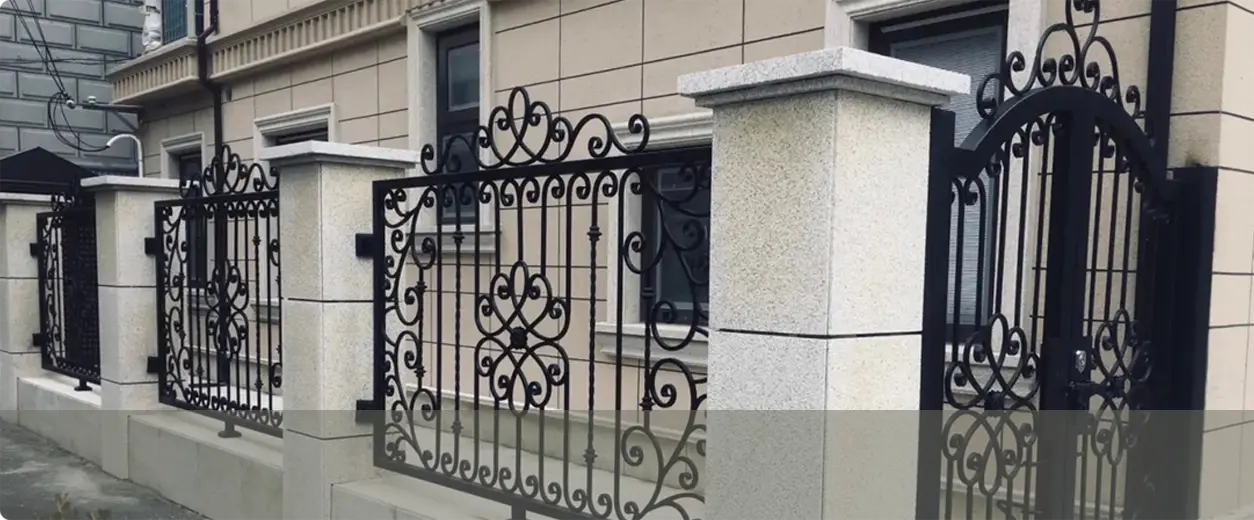
The production methods for wrought and cast iron differ significantly. Wrought iron is traditionally produced through a labor-intensive process that includes smelting iron ore in a furnace, then heating and hammering it to remove impurities and oxygen. Today, wrought iron is often created using modern steel-making techniques that still retain the properties of the original material.
In contrast, the production of cast iron begins with melting iron and mixing it with coke and limestone to remove impurities. The molten iron is then poured into molds to create specific shapes and sizes. Once solidified, cast iron parts require minimal additional machining, making this method cost-effective for mass production.
Applications
The applications of wrought iron and cast iron are as diverse as their properties. Wrought iron is commonly used in construction and ornamental design due to its durability and aesthetic appeal. It is widely found in tools, agricultural implements, and various types of architectural elements. Its ability to be welded and forged makes it highly versatile in artistic and structural applications.
Cast iron, with its ability to retain heat and distribute it evenly, is the go-to material for cooking appliances, such as skillets and Dutch ovens. Its robustness makes it suitable for heavy machinery and automotive applications, including engine blocks and exhaust manifolds. Additionally, cast iron pipes are often used in plumbing due to their strength and durability.
Advantages and Disadvantages
Both wrought and cast iron come with their advantages and disadvantages. Wrought iron's strengths lie in its malleability, beauty, and resistance to corrosion, but it can be more expensive to produce and work with compared to cast iron. Cast iron’s advantages include lower production costs and ease of manufacturing complex shapes, but its brittleness and propensity to rust without proper care can be significant drawbacks.
Conclusion
Understanding the differences between wrought iron and cast iron can help in selecting the right material for specific applications. While wrought iron excels in decorative and structural uses due to its malleability and resistance to corrosion, cast iron offers advantages in heavy-duty and heat-retaining applications. Each type possesses unique qualities that have allowed it to persist in use despite the rise of newer materials. By appreciating their distinct characteristics, we can continue to leverage wrought and cast iron in innovative and practical ways.
-
Wrought Iron Components: Timeless Elegance and Structural StrengthNewsJul.28,2025
-
Window Hardware Essentials: Rollers, Handles, and Locking SolutionsNewsJul.28,2025
-
Small Agricultural Processing Machines: Corn Threshers, Cassava Chippers, Grain Peelers & Chaff CuttersNewsJul.28,2025
-
Sliding Rollers: Smooth, Silent, and Built to LastNewsJul.28,2025
-
Cast Iron Stoves: Timeless Heating with Modern EfficiencyNewsJul.28,2025
-
Cast Iron Pipe and Fitting: Durable, Fire-Resistant Solutions for Plumbing and DrainageNewsJul.28,2025
-
 Wrought Iron Components: Timeless Elegance and Structural StrengthJul-28-2025Wrought Iron Components: Timeless Elegance and Structural Strength
Wrought Iron Components: Timeless Elegance and Structural StrengthJul-28-2025Wrought Iron Components: Timeless Elegance and Structural Strength -
 Window Hardware Essentials: Rollers, Handles, and Locking SolutionsJul-28-2025Window Hardware Essentials: Rollers, Handles, and Locking Solutions
Window Hardware Essentials: Rollers, Handles, and Locking SolutionsJul-28-2025Window Hardware Essentials: Rollers, Handles, and Locking Solutions -
 Small Agricultural Processing Machines: Corn Threshers, Cassava Chippers, Grain Peelers & Chaff CuttersJul-28-2025Small Agricultural Processing Machines: Corn Threshers, Cassava Chippers, Grain Peelers & Chaff Cutters
Small Agricultural Processing Machines: Corn Threshers, Cassava Chippers, Grain Peelers & Chaff CuttersJul-28-2025Small Agricultural Processing Machines: Corn Threshers, Cassava Chippers, Grain Peelers & Chaff Cutters




